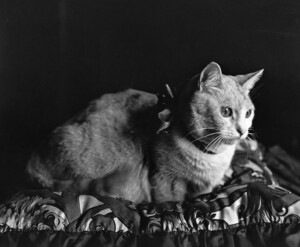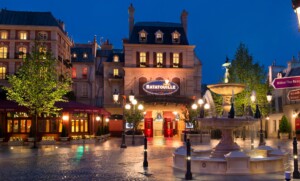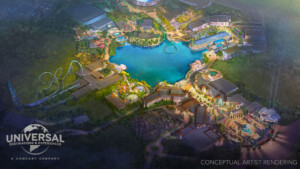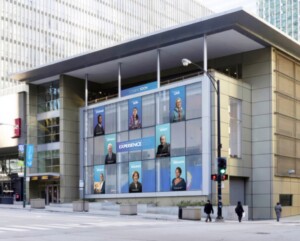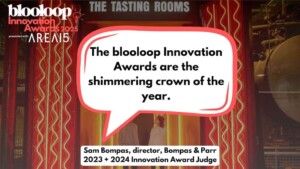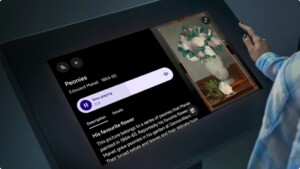Designed by Japanese architect Kengo Kuma, the Hans Christian Andersen Museum has launched in Denmark’s Odense, the city where Hans Christian Andersen was born.
Denmark’s Queen Margrethe II inaugurated the new museum on Wednesday (June 30). The project was made possible through a donation from the A.P. Møller Foundation.
“H.C. Andersen has to be our greatest poet,” said Ane Mærsk Mc-Kinney Uggla, chairman of the A.P. Møller Foundation.
Andersen’s life, work and literary universe
“He captivates children and adults alike with his magical stories, which people all over the world can see themselves in to this day. It is our hope that we, with the new museum, are approaching the core of H.C. Andersen’s universe.”
Kuma took inspiration from Andersen’s fairytale The Tinderbox during the design process. “The idea behind the architectural design resembled Andersen’s method, where a small world suddenly expands to a bigger universe,” Kuma said.
The new museum covers an area of 5,600 square metres. It explores Andersen’s life, work and literary universe and merges architecture, sound, light and images to depict his stories.
Design by Japanese architect Kengo Kuma

Much of the building is a magical underground universe, which intertwines with an other-worldly labyrinthine garden. The museum is home to new technologies and set design concepts.
Although the Hans Christian Andersen Museum has opened to the public, some areas of the attraction have not yet launched. They will open in phases over the summer.
“The COVID lockdown has, unsurprisingly, presented us with some challenges along the way, and this means that there will be parts of the museum that will not be totally ready the day we open it,” said Torben Grøngaard Jeppesen, head of Odense City Museums.
Images: Hans Christian Andersen Museum







